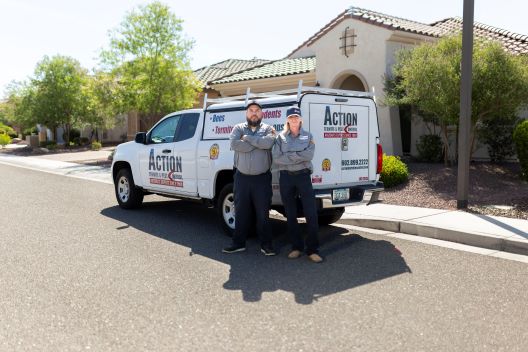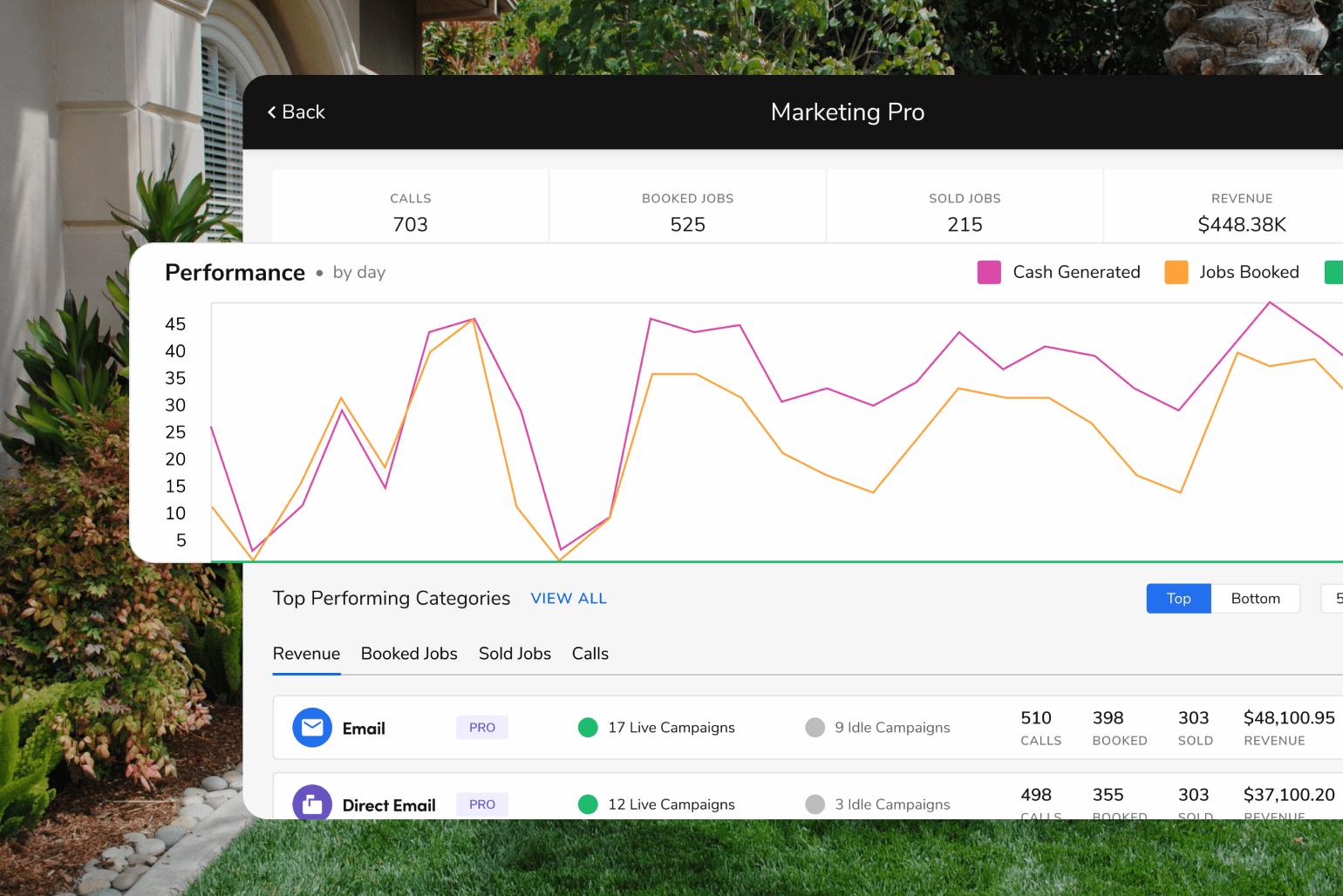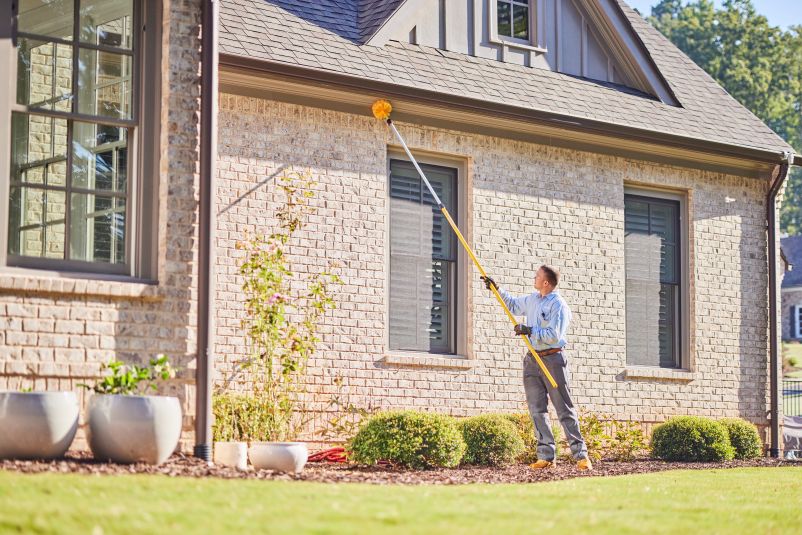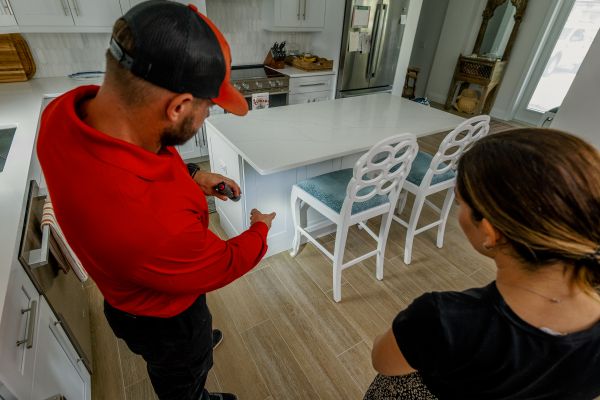How to Increase Pest Control Technician Productivity
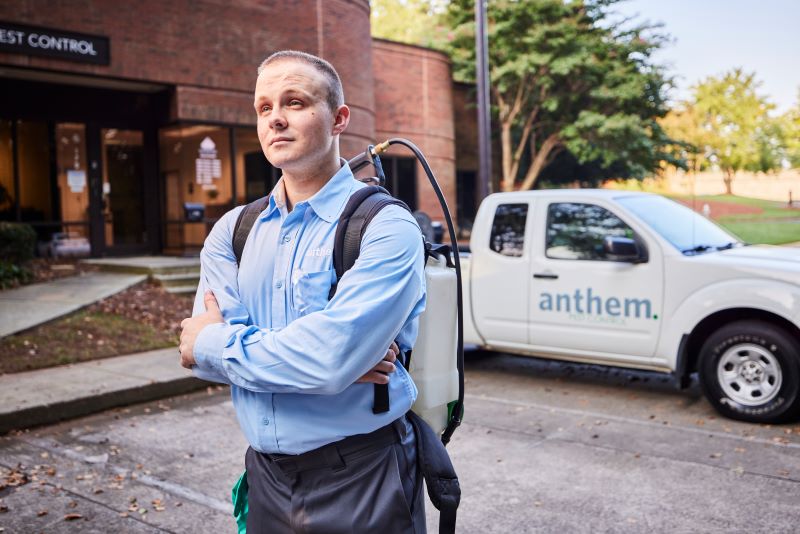
Making pest control technicians more productive is critical to overall business performance and customer satisfaction.
Inefficiencies like missed appointments or poor route planning will waste time and money.
This article will examine strategies to boost technician productivity, from workflow optimization and business management to pest control software.
By following our strategies, pest control business owners can become more efficient and deliver better customer service by addressing these issues.
What Are the Key Performance Indicators (KPIs) for Pest Control Technicians?
Technician productivity is pivotal to overall profitability and customer satisfaction in pest control. Monitoring metrics and tracking Key Performance Indicators (KPIs) helps pest control companies measure their technicians' performance and identify areas for improvement.
Below are some KPIs that will give you insights into technician productivity.
Number of Service Calls Completed
This KPI measures how many service calls a technician does in a given period. The more service calls, the better the technician manages their workload and the better the business and profitability. Addressing common household pests quickly will increase the number of service calls.
First-Time Fix Rate
The first-time fix rate measures the percentage of issues a technician fixes on the first visit. A high rate means expertise and thoroughness; effective pest control treatments will resolve issues on the first visit, reduce callbacks, and improve customer experience. This KPI minimizes repeat visits and overall service delivery.
Customer Satisfaction Scores
This KPI captures customer feedback after service calls. Ratings are based on technician performance, professionalism, and problem resolution. High customer satisfaction scores mean a technician is effectively delivering pest control solutions, increasing customer retention and referrals.
Revenue Generated per Technician
This KPI measures the total revenue a technician generates or how much they contribute to the business. Higher revenue means technicians are maximizing opportunities, such as upselling and cross-selling services like pest control treatment, which increases profitability.
By regularly monitoring these KPIs, pest control business owners can get valuable insights into technician performance and identify areas for improvement across their teams.
What Are the Main Productivity Challenges Faced by Pest Control Businesses?
Identifying and solving these common problems is pivotal to profitability and service delivery. Below are the biggest productivity challenges for pest control businesses.
Scheduling Issues
One of the biggest challenges is poor scheduling.
Overlapping appointments or gaps between jobs will waste time and opportunities. Without proper scheduling, technicians will spend too much time traveling between appointments or be underutilized during quiet periods.
This will impact customer satisfaction and revenue. Proper scheduling will address common pests without scheduling conflicts.
Route Inefficiencies
Poor route optimization is another big issue.
When technicians travel inefficient routes, they waste time and fuel, reducing the number of service calls they can make in a day. Choosing a pest control company with optimized routes can minimize travel time and increase productivity.
Without real-time adjustments, technicians will find themselves covering unnecessary distances, which will decrease field service productivity and increase operational costs.
Learn about route optimization for your pest control business.
Lack of Real-Time Communication
No real-time communication between technicians and the office can also impact productivity.
Without instant updates, technicians may not get critical information about last-minute cancellations, emergency service requests, or schedule changes. This will result in delays, inefficiencies, and sometimes missed appointments, which will negatively impact customer retention.
Using extensive pest control experience can help handle urgent customer requests efficiently so technicians are prepared and informed.
Pest control businesses can improve technician performance and customer satisfaction by solving these productivity challenges through better scheduling, optimized routes, and communication.
Next, we’ll look at practical solutions to fix these issues and boost productivity.
How Can You Increase Pest Control Technician Productivity?
The best pest control companies increase technician productivity by implementing good scheduling, optimizing routes, and better communication, training, and technology. Business owners can get more value from each technician and, hence, more profitability and customer satisfaction.
1. Effective Scheduling Techniques
Good scheduling means getting technicians in the field as much as possible and minimizing downtime. Bad scheduling means missed appointments, extended travel time, and wasted resources.
By implementing good scheduling, you can increase customer satisfaction and get more appointments done per day.
Plan ahead: Use historical data and service demand to create proactive schedules. By knowing peak periods, you can allocate resources and avoid bottlenecks.
Prioritize jobs: Make sure high-priority jobs (like emergency infestations) are completed first, and non-urgent jobs fill the gaps in the schedule.
Leverage automation: Tools like FieldRoutes‘ scheduling system let you assign jobs and adjust technician schedules in real time, reducing the administrative burden on your office staff.
Learn how FieldRoutes simplifies scheduling here.
Using these tools, you can help your pest control technicians focus on delivering pest control services and avoid getting bogged down by poor planning.
2. Route Optimization Strategies
Route optimization can have a big impact on technician productivity. Reducing travel time between appointments means technicians can do more jobs in less time, save on fuel, spend more time on site, and less on the road.
Group appointments geographically: Group jobs by location to reduce travel time between locations, get technicians to cover more ground, and serve more customers daily.
Use route optimization software: Platforms like FieldRoutes can calculate the most efficient route for each technician, considering traffic, distance, and time constraints. This increases productivity and reduces operational costs like fuel and vehicle maintenance.
Discover how FieldRoutes helps with route optimization here.
Using these strategies, you can get your technicians running at peak efficiency with optimized routes that deliver more service.
3. Real-Time Communication and Support
Without good communication, technicians may face delays, missed appointments, or be unable to address urgent customer requests.
Instant communication tools: Give your team mobile apps or messaging systems to communicate in real-time with the office. This means instant updates, whether a schedule change or new customer information.
GPS tracking: Use GPS-enabled tools to track technician locations and dispatch the closest technician for emergency service calls. This reduces response time and increases customer satisfaction.
Tools like FieldRoutes offer real-time updates, messaging, and GPS tracking so technicians can handle anything.
4. Training and Skill Development
Well-trained technicians can resolve pest issues faster and with fewer callbacks, which means more profit for the company and a better customer experience.
Ongoing training programs: Develop training programs that cover both technical skills (e.g., pest control techniques) and soft skills like customer interaction. This will keep your team up to date with industry standards and customer service approaches.
Certifications: Get technicians certified in specific areas, such as termite control, which will increase their expertise in this area and build more customer trust.
Investing in pest management professionals gives you better service and business.
5. Leveraging Technology for Productivity
The right technology tools can reduce manual tasks, automate scheduling, and provide insight into technician performance.
Dynamic Scheduling: Use FieldRoutes’ scheduling features to auto-assign jobs and adjust workloads in real time so technicians are always optimally deployed.
Route Optimization: Plan the most efficient routes with FieldRoutes to reduce travel time and fuel costs so technicians can serve more daily customers.
Real-Time Tracking: Track technician location in real-time so you can assign urgent jobs to the nearest available technician, reduce delays, and increase service speed.
Mobile Accessibility: Provide technicians with mobile tools to access work orders, customer data, and job details on-site. This will allow them to be more efficient and reduce office visits.
Reporting and Analytics: FieldRoutes has powerful reporting tools to track technician performance so you can identify bottlenecks and areas for improvement.
Learn more about FieldRoutes' operations suite.
Through its superior customer relationship management (CRM), technology like FieldRoutes helps pest control companies be more efficient, provide better service, and increase technician productivity.
Back to You
Increasing team members' productivity is the key to staying competitive in the pest control industry.
Whether you are a small business or enterprise, scheduling and route optimization, real-time communication, and continuous training can streamline your business. These strategies give you actionable steps.
By using these and technology like FieldRoutes, your business can get the most out of your technicians and your service business’s bottom line.
To get started with FieldRoutes and see how it can enhance your business operations, schedule a free demo today: Schedule a Free Demo.
